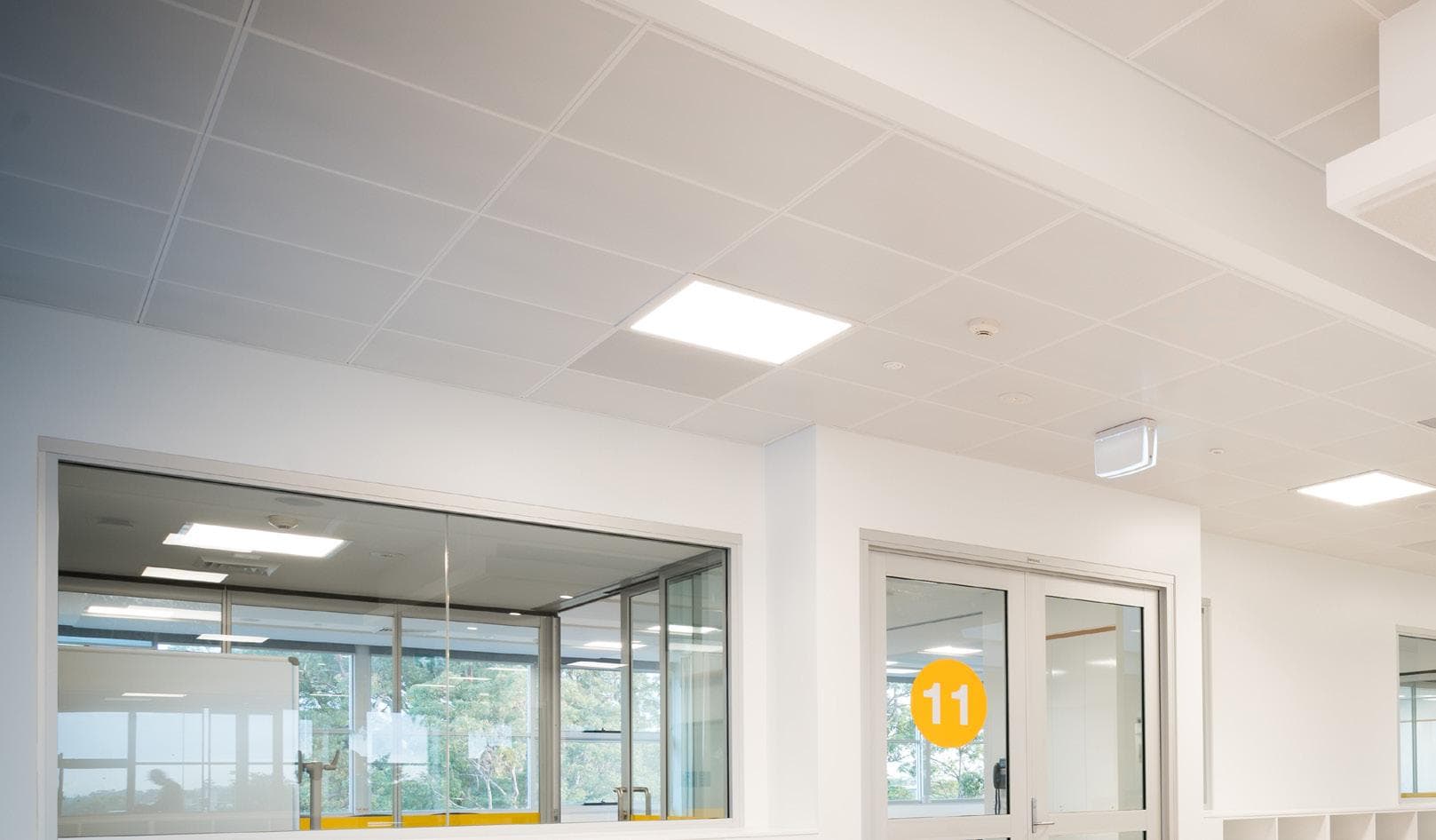Case study: Durlum airtight metal ceilings
When it comes to providing the best possible healthcare, being able to restrict and manage airflow to reduce the transfer of airborne pathogens is paramount. This case study shares how Durlum is addressing the challenges of healthcare facilities with its innovative ceiling solutions.
Background
When it comes to providing the best possible healthcare, being able to restrict and manage airflow to reduce the transfer of airborne pathogens is paramount. For this reason, hospitals, clinics, and specialty health facilities are complex buildings that must enable the highest hygiene standards possible, while remaining functional and aesthetically pleasing.
Healthcare facilities are highly trafficked, routinely operating 24 hours a day. This makes it essential that they are constructed from reliable, robust materials that are easily cleaned and maintained. While walls and floors are commonly streamlined, the ceiling accommodates many services which are crucial to the effective function of the building. Aside from the basic lighting, air conditioning and sprinkler services that can be found in most buildings, there are also healthcare-specific items such as communication speakers, curtain support rods, emergency lighting, directional signage and exit information that must be contained within or on the ceiling.
Furthermore, certain areas of hospitals – particularly isolation wards, infectious disease rooms and operation theatres – commonly have airtightness requirements to prevent the spread of airborne particles. Designing a system that can accommodate essential services while remaining airtight is crucial.
Challenges
The key challenge lies in creating a system that is airtight, but still accessible to the ceiling void above.
Some institutions for instance require the ceiling plenum of an infectious disease room to be fumigated each time a patient has been transferred. As such, the accessibility solution needs to be able to withstand frequent demounting. In addition to being able to interface with all of the services and penetrations mentioned above, the system must also accommodate anticipated installations of communication or medical equipment in the future.
Solution
Durlum has a proven system which is made specifically for healthcare environments and has been installed in hospitals and other healthcare facilities throughout Europe and Asia for more than 30 years. The pandemic of recent times has seen demand for such systems increase dramatically and the installation of airtight ceilings are no longer contained to specialist areas but are now being installed in many general areas within hospitals as well.
The metal panel system allows access through any panel rather than having a dedicated access hatch. This allows greater flexibility in floor layout and enables services to be more easily repaired or maintained without disrupting the care occurring below.
Test certificates of airtight function are available for consultants’ use in planning for the performance requirements of the ceiling. Durlum has also recently introduced an airtight lighting module to the ceiling which solves what has been one of the more difficult problems with airtight ceilings.
Click here to download a copy of this case study or for more information, please contact us.
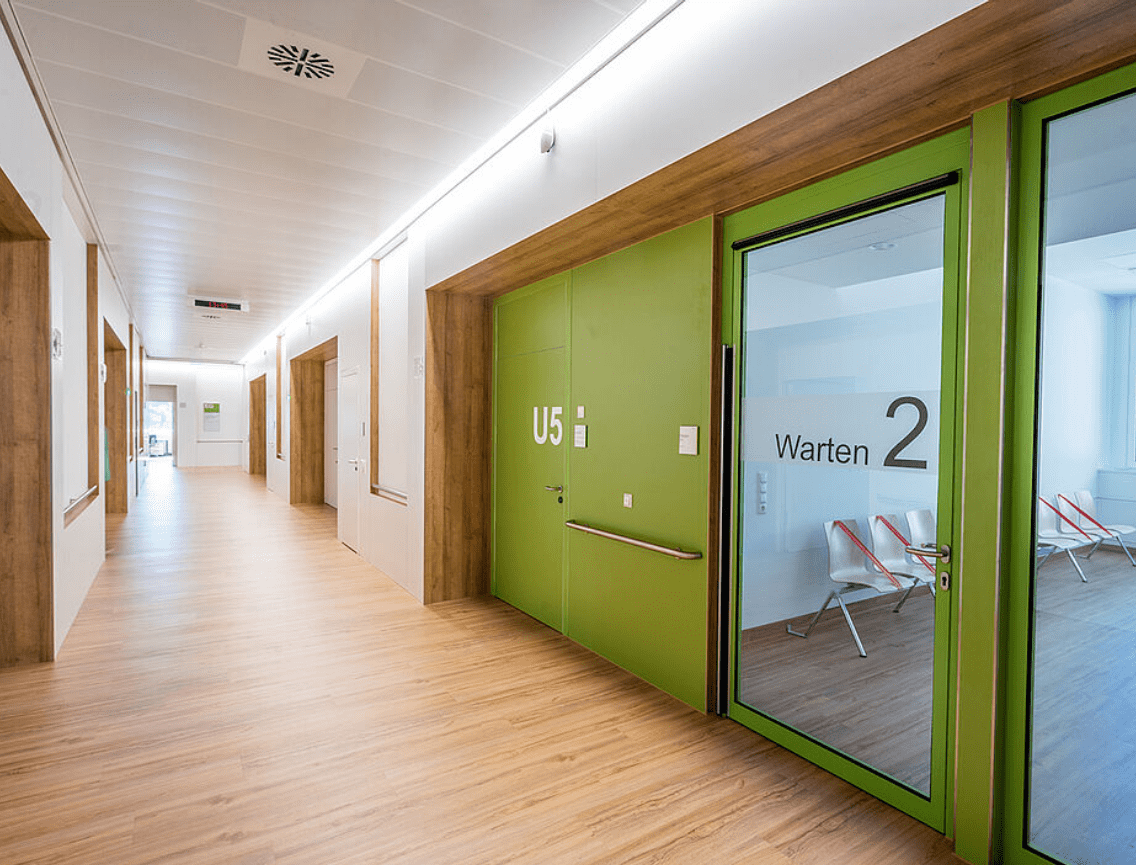
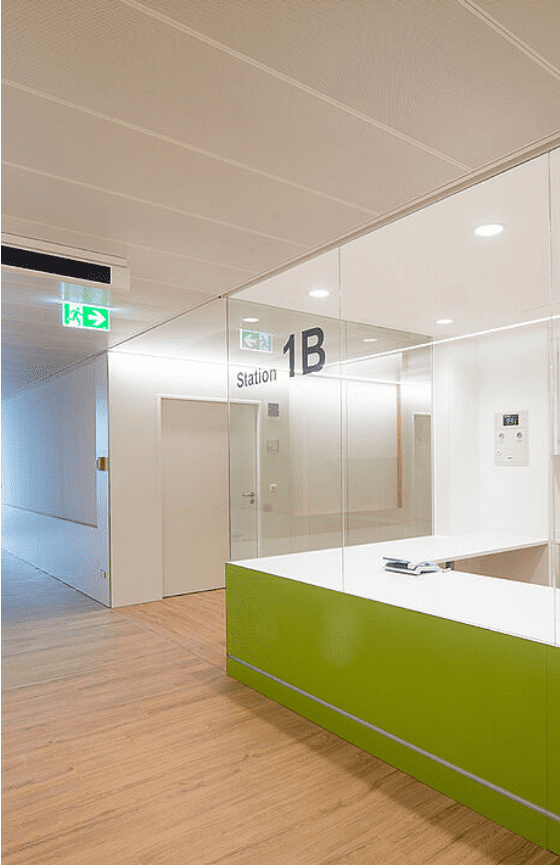
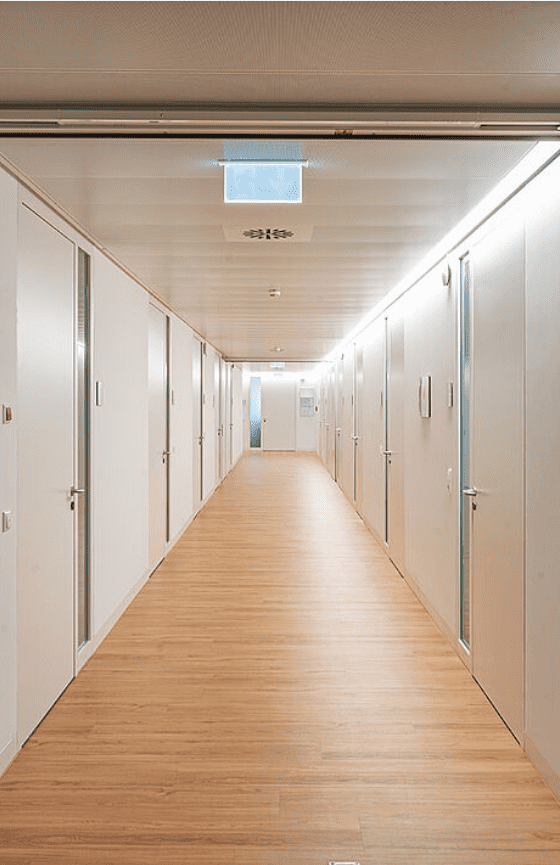
Product:
Pressure-resistant S1.12 Clip-in systemUses:
Health care, aged care, specialist facilitiesRelated Articles
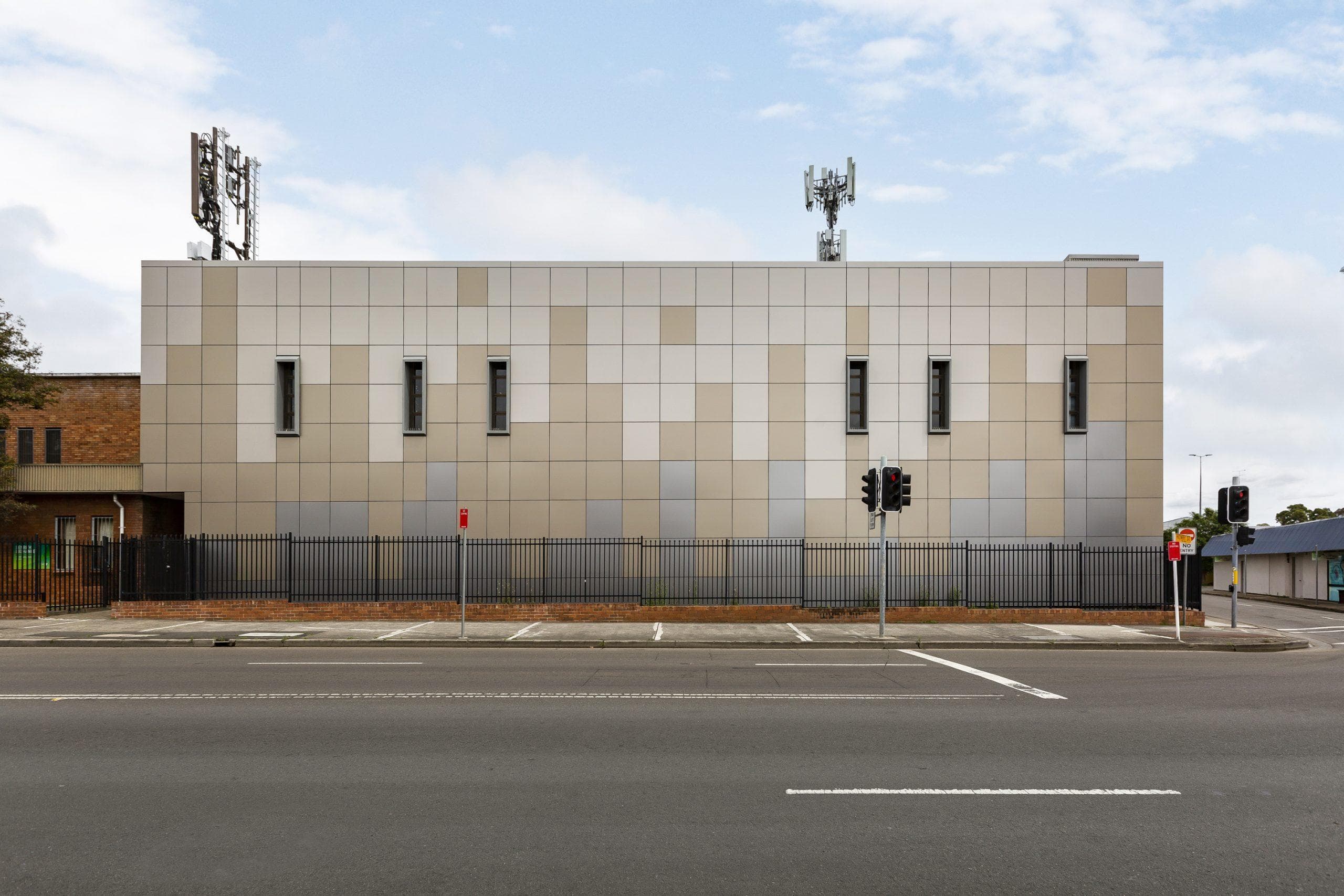
Recladding & modernisation – a phenomenal façade transformation
ALPOLIC™ NC/A1 has been part of a leading telecommunications recladding corporate roll-out to upgrade the dated looking pebblecrete & non-compliant clad nationally across Australia. Learn about the phenomenal transformation of each building and the preferred architectural cladding product used.
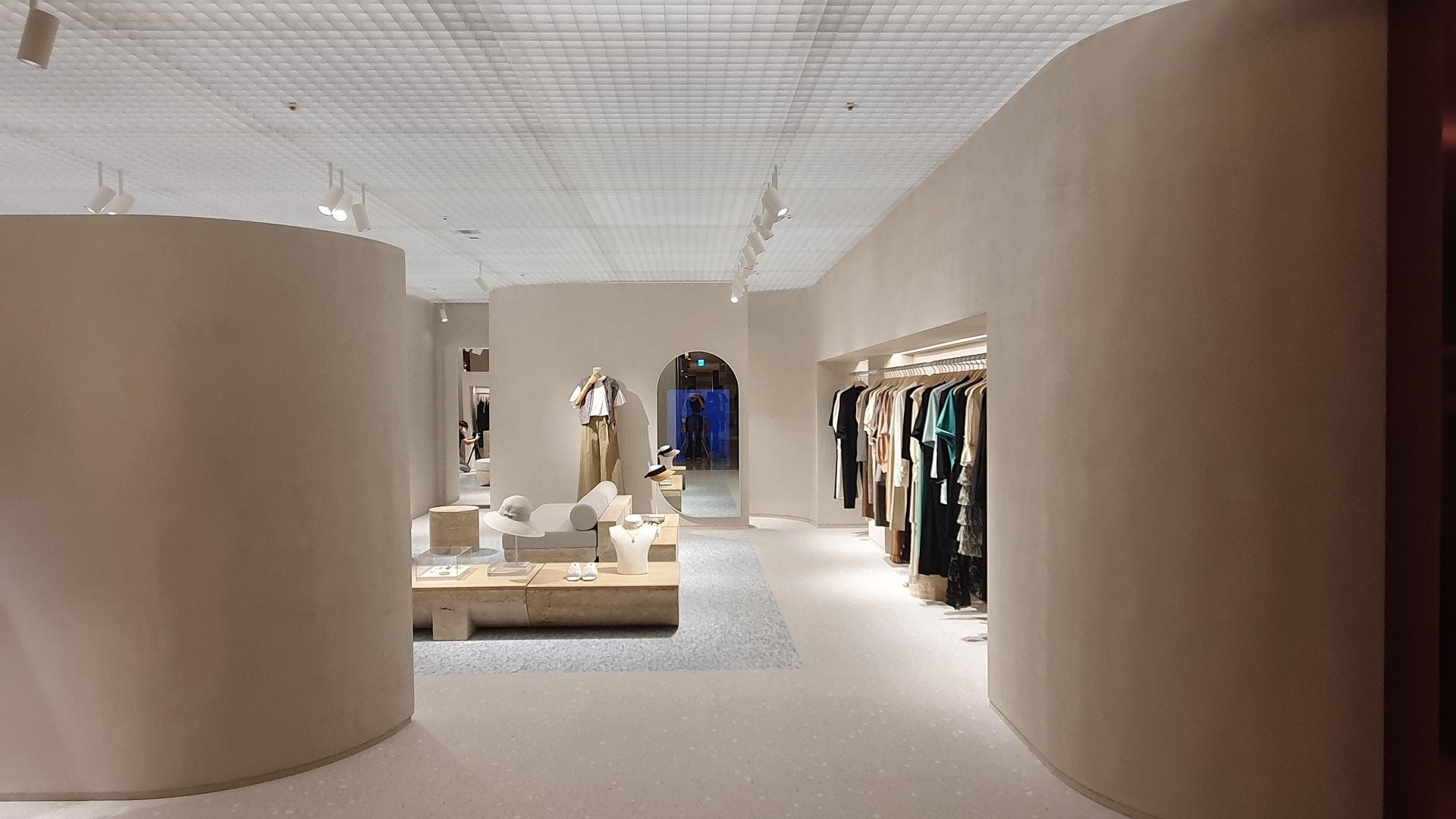
Metal Ceilings for Retail Spaces
While the COVID-19 pandemic changed the world irrevocably, physical retail stores still retain their resilience and lasting appeal. Ceilings impact everything, from aesthetics, branding and ambiance to lighting, indoor comfort, and spatial organisation, which makes their design integral to achieving a retail space that customers will want to return to. This whitepaper discusses the advantages of fully integrated ceilings for retail environments.
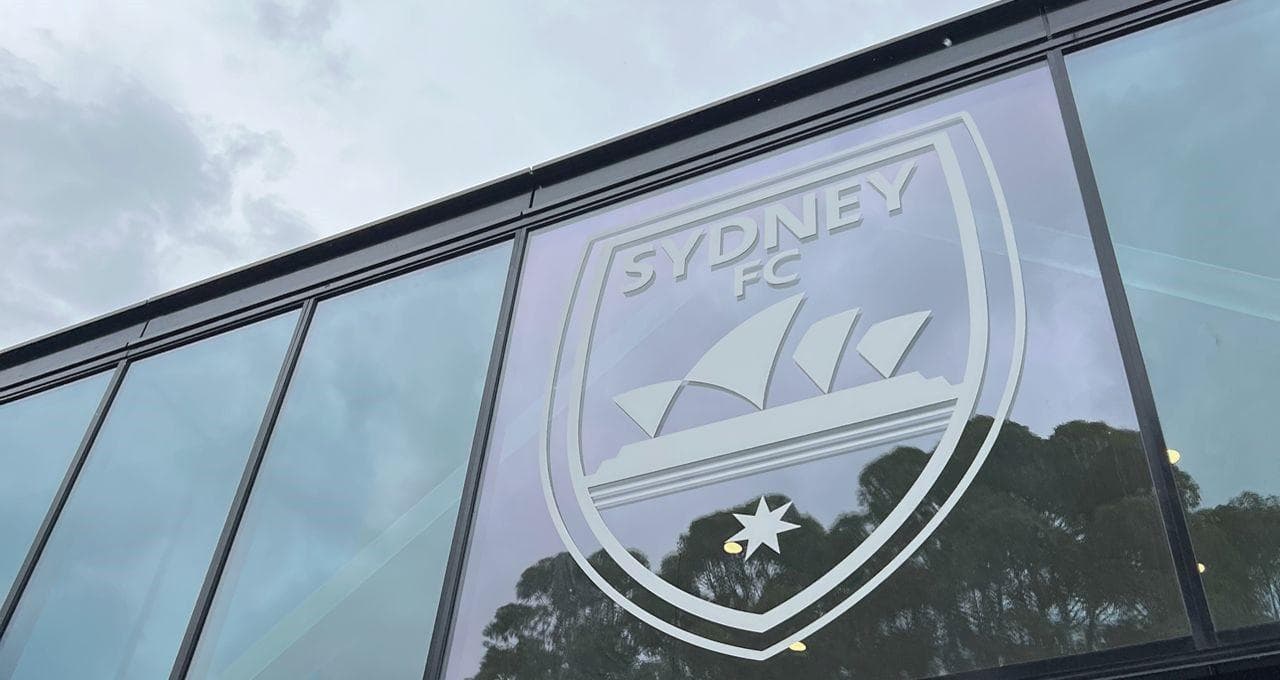
OWA Mineral Fibre Ceilings Score Big at Sydney FC’s World-Class Facility
Explore how Sydney FC’s cutting-edge football facility utilises OWA mineral fibre ceilings, offering high-performance solutions that resist moisture, enhance acoustics, and stand the test of time. Discover the perfect blend of form and function in this professional sports facility.
